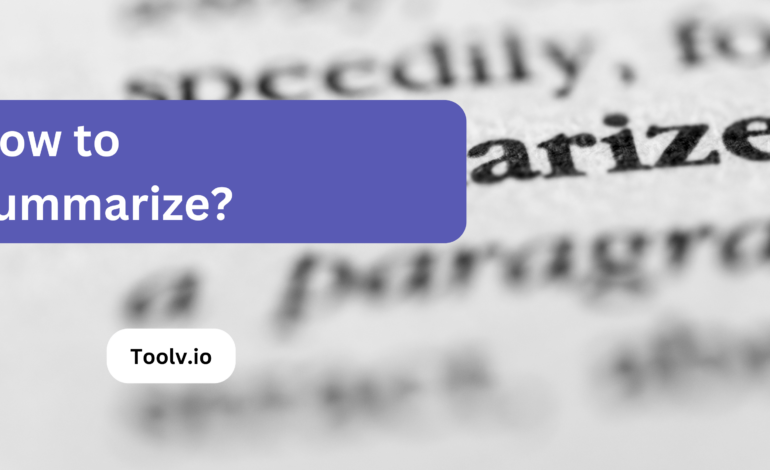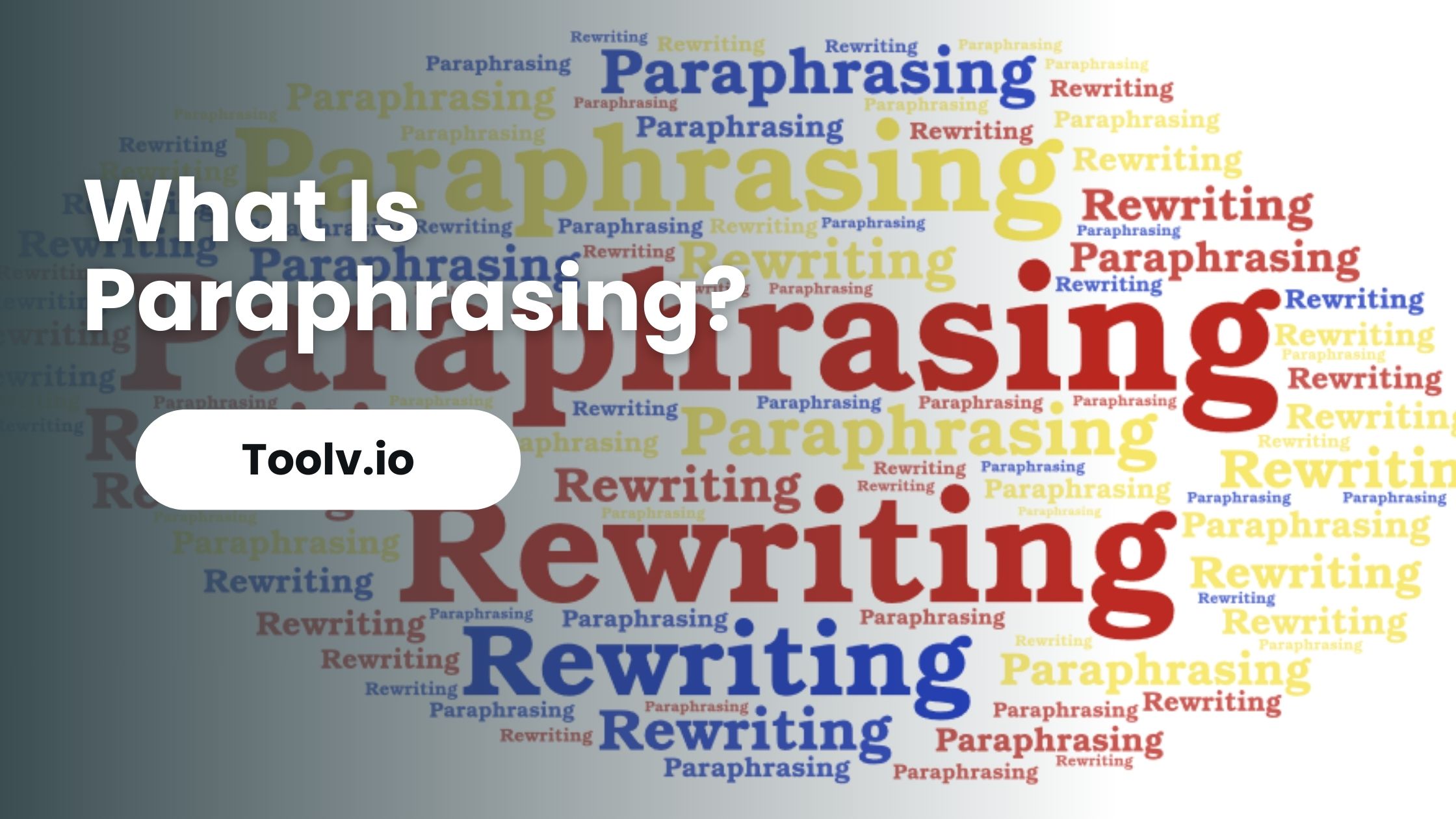How to Summarize?

Summarizing is all about taking a big piece of writing and making it shorter. It means picking out the main ideas and leaving out the small details. When you summarize, telling the important parts in your own words makes it easier for others to understand.
In this article, we will discuss how to summarize?. We’ll look at easy steps to identify key points in a story or article. Plus, we’ll learn how to rewrite them simply.
How Do You Write A Summary?
Writing a summary means you tell the main ideas of something, like a book or article, in your own words. First, read the whole thing carefully. Find the big points and what they mean.
Then, in a few sentences, tell what those main ideas are. Keep it short and use simple words. It’s like explaining to a friend what you read but in a short way. Focus only on the most important parts.
Don’t add your thoughts, just what the original says. Do it in a clear, easy way so everyone understands. It’s about giving a clear picture in fewer words.
How To Start Summarising?
Starting a summary involves a few key steps. First, read the entire content you need to summarize. Understand it well. Look for the main ideas and supporting details. It helps to highlight or note the key points.
Then, think about what you read. Ask yourself, what is the main message? What are the most important points? Remember, you are not giving your opinion, just stating what the original content says.
Start writing by putting these main ideas in your own words. Keep it brief and simple. Focus on covering the essentials. Your summary should give someone who hasn’t read the original a clear idea of what it’s about.
What Is A Good Way To Summarize?
- Read the Original Text: Begin by thoroughly reading the original material. Ensure you understand the main ideas and overall message. This step is crucial for accurately representing the content in your summary.
- Identify Main Points: Extract the main points or arguments from the text. Focus on the core ideas that are essential to the author’s message. This will form the backbone of your summary.
- Understand the Theme or Argument: Grasp the central theme or argument. This understanding helps in conveying the essence of the text in your summary.
- Begin Writing the Summary: Start drafting the summary, focusing on the main points identified. Ensure that the summary is concise and to the point, covering all critical aspects of the original text.
- Use Your Own Words: Paraphrase the content using your own words while remaining faithful to the original meaning. This demonstrates understanding and avoids plagiarism.
- Keep it Objective: Maintain an objective tone and avoid including personal opinions or interpretations. A summary should reflect the author’s ideas, not your own.
- Review and Revise: Finally, review your summary. Check for accuracy, clarity, and conciseness. Ensure that it represents the original text’s key points without any distortion or unnecessary details.
What Are The Steps For You To Summarize?
Step 1. Read the whole text to understand its main idea. Focus on the main points and supporting details. Ignore less important parts. Write down these key points in your own words. Avoid adding your own thoughts.
Step 2. Organize these points logically. The summary should flow smoothly, following the original text’s structure. Start with the main idea, then the supporting points. Keep it concise, only include necessary details.
Step 3. Revise your summary. Check if it’s clear and accurate. Make sure it’s short but still gives a complete picture of the original text. This ensures your summary is useful and easy to understand.
FAQs
What is summarization?
Summarization is the process of condensing a longer piece of text into a shorter version while preserving its main ideas and key points.
Why is summarization important?
Summarization is important because it helps people quickly grasp the essential information from lengthy documents, saving time and improving understanding.
What are the different types of summarization techniques?
There are two main types of summarization: extractive (selecting and arranging existing sentences) and abstractive (generating new sentences to summarize).
How can I improve my summarization skills?
To improve your summarization skills, practice reading and summarizing various texts, focus on identifying key points, and work on expressing them concisely.
Conclusion
It’s key to restate your main points in a fresh way, providing a neat package of your ideas. This helps your readers remember the essentials and leaves them with something to ponder.
Speaking of making ideas crisp, Toolv.io’s paraphrasing tool is quite handy. It helps to rephrase your thoughts in simpler terms, making sure your conclusion is easy to understand and sticks with the reader.





